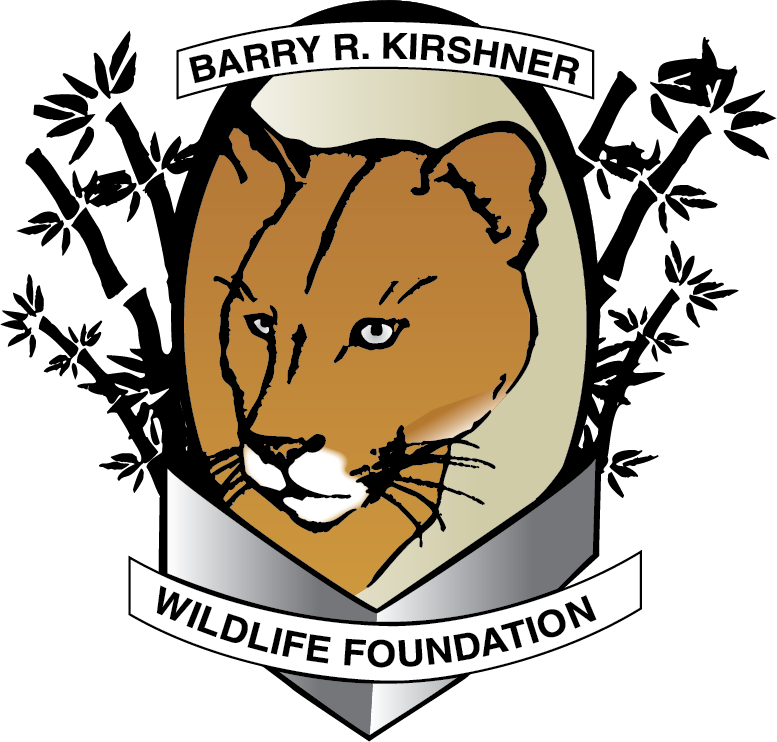Sulcata Tortoise
Sulcata Tortoises inhabit the southern edge of the Sahara desert in Northern Africa in the countries of Burkina Faso, Chad, Eritrea, Ethiopia, Mali, Mauritania, Nigeria, Senegal, and Sudan. In these arid regions, the tortoise excavates burrows in the ground to get to areas with higher moisture levels, and spends the hottest part of the day in these burrows. Burrows may average 30 inches in depth; some dig tunnel systems extending 10 feet or more underground.
The Sulcata Tortoise is the third largest tortoise in the world, and the largest mainland tortoise not found on an island.
Sulcata Tortoises are herbivores, primarily eating many types of grasses and plants, which are high in fiber and low in protein. Too much protein can cause their shells to take on a pyramid appearance. They should not eat fruit.
Sixty days after mating, the female begins looking for nesting sites. For 5 to 15 days, up to 5 nests may be excavated before she picks the perfect location to lay her eggs. Loose soil is kicked out of the depression, and she may urinate into the depression. Digging may take up to 5 hours; once dug, the female begins to lay an egg every three minutes. After the eggs are laid, the female fills in nest to incubate the eggs.
The hatchlings are about 2 to 3 inches, and grow very quickly, reaching 6 to 10 inches within the first few years of their lives.

